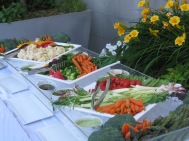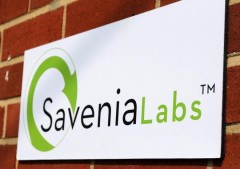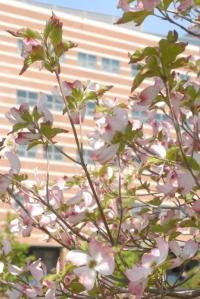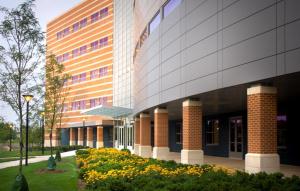 Food Day is tomorrow, Thursday, October 24, 2013, a nationwide celebration.
Food Day is tomorrow, Thursday, October 24, 2013, a nationwide celebration.
Food Day is a grassroots movement to promote healthy, affordable, and sustainable food systems and policies. It’s also about celebrating and eating real food. This means cutting back on sugar drinks, overly salted packaged foods, and fatty, factory-farmed meats in favor of vegetables, fruits, whole grains, and sustainably raised protein.
Why is this important?
Let’s look at some alarming facts associated with poor diet and broken food systems.
Food consumption and addiction to sugar
- Food consumption is increasing on a global scale—from 2,250 calories per person per day in 1961 to 2,750 calories in 2007 to a projected 3,070 calories by 2050.
- In 1900, the U.S. consumed about 5 pounds of sugar per person annually. By 2000, that increased to about 150 pounds of sugar per person annually, with 61 pounds of that coming from high fructose corn syrup.
- The average American consumes 22 teaspoons of sugar every day, while the average 14- 18-year-old consumes 32 teaspoons.
Obesity—Just one of the many medical conditions linked to our poor diet.
- 1 out of every 3 people in the U.S. are either overweight or obese.
- The percentage of American children aged 6-19 who are obese has tripled since 1980.
- 47% of Americans will be obese by 2030.
- Obesity is a major risk factor for cardiovascular diseases, type 2 diabetes and cancer. The annual medical cost for obesity is about $150 billion.
How about our broken food system?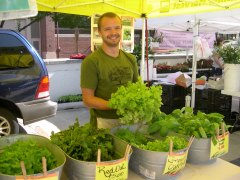
- The U.S. Department of Agriculture’s Economic Research Service estimates that 23.5 million people live in food deserts. More than half of them (13.5 million) are low-income. With no other options, people living in food deserts get most of their meals from fast food restaurants.
- 1 in 6 people in America face hunger. Over 20 million children receive free or reduced-price lunch each school day. Less than half of them get breakfast and only 10 percent have access to summer feeding sites.
- 40% of food in the U.S. today goes uneaten. This wasted food could feed more than 25 million Americans every year. The U.S. now wastes 50% more food than in the 1970s.
- 74% of farm subsidies goes to 10% of the largest farms, many of which pay little attention to protecting the environment.
SO, WHAT CAN YOU DO TO MAKE A CHANGE?
1. Shop at your local farmer’s markets and support local, sustainable agriculture. Here’s a list of well-known farmer’s markets within the Montgomery County area.
2. If limited resources affect your ability to purchase healthy foods, check out “Good Food on a Tight Budget.” It has a list of reasonably-priced healthy foods grown and prepared using few pesticides, contaminants, and artificial ingredients.
3. Not sure how to prepare your healthy groceries? Food Day’s Eat Real Cookbook has lots of examples of easy, healthy meals you can cook at home. Better yet, cook with your kids and teach them the importance of healthy eating.
4. Try Meatless Mondays and learn more about why it’s a smart option and how you can do it.
5. Educate yourself about what you should eat. Answer these questions and find out how your typical diet impacts your health, the environment, and animal welfare.
6. Get involved in local food banks and homeless shelters. What about organizing a food drive? You and your kids can also donate your time and make a difference to people in your community.
7. Tell your friends and family about eating real food and encourage them to get involved in their community. Start by sharing this post with them!
Sources:
2.http://www.nrdc.org/food/files/wasted-food-ip.pdf
3. http://www.usda.gov/factbook/chapter2.pdf
4. http://www.dosomething.org/tipsandtools/11-facts-about-food-deserts
5. http://www.ers.usda.gov/data-products/food-access-research-atlas/go-to-the-atlas.aspx#.UmbVKBA-e4Q
6. http://www.who.int/topics/food_additives/en/
